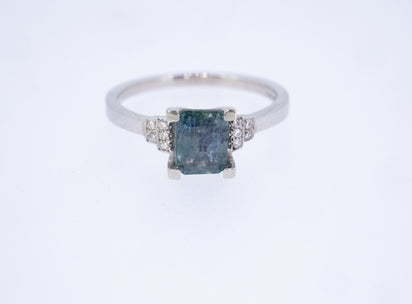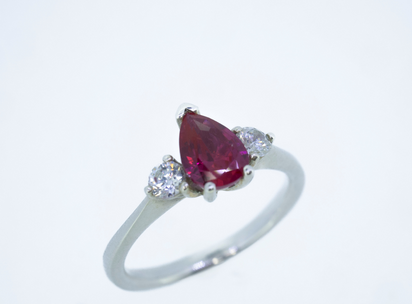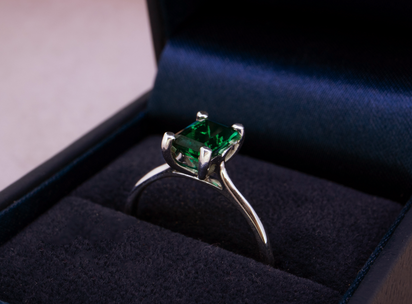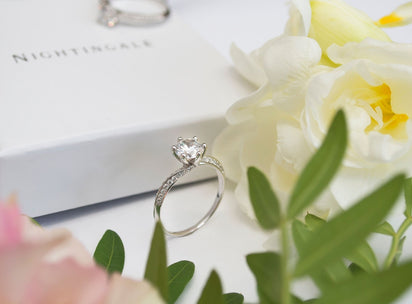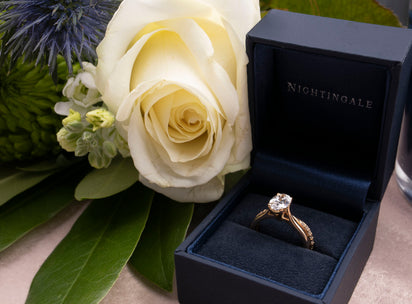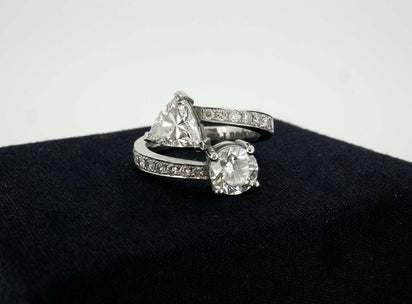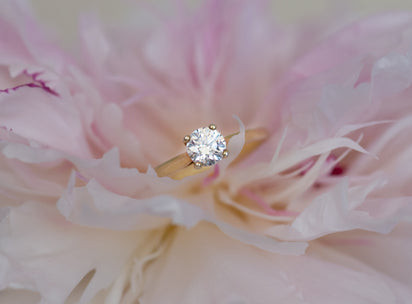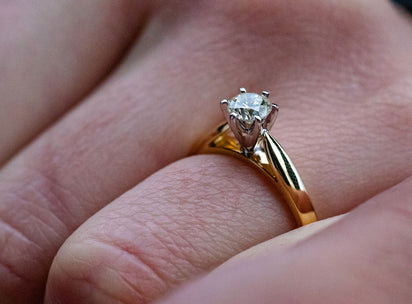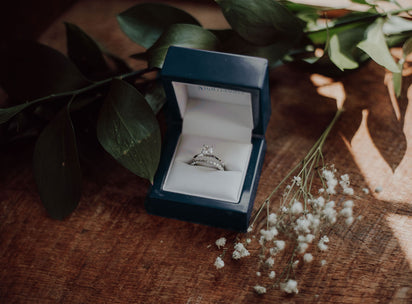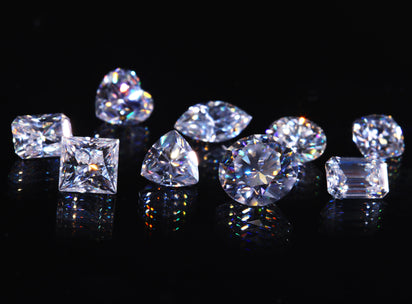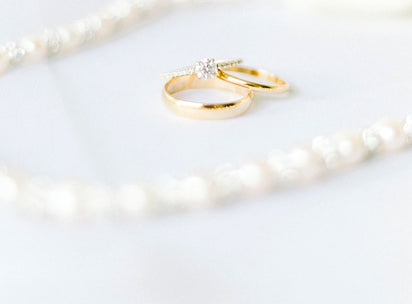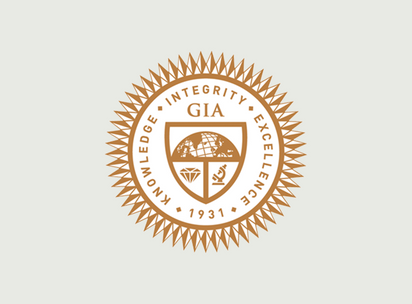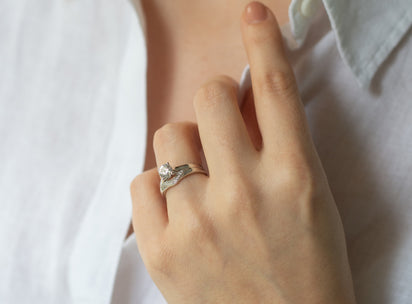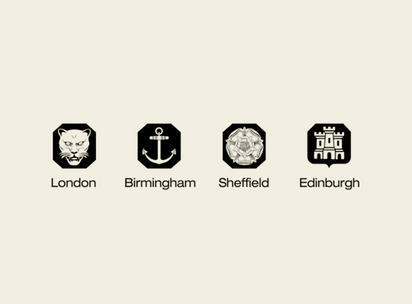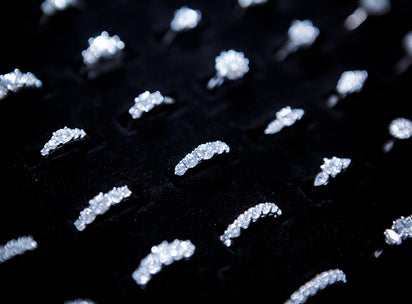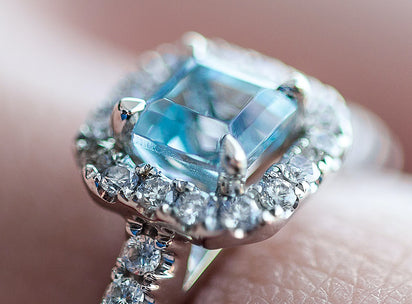What is white gold?
As you probably already know, gold in its pure form is yellow. We measure the purity of gold in carats (which you'll see abbreviated as K) with 24 carats being pure gold.
24-carat gold isn't suited to jewellery which you intend to wear every day because in its natural state gold is a soft metal and will take too much damage. To counter this, other metals are added to create a stronger alloy.

White gold (specifically 18ct which Nightingale tends to use) is made up of 75% gold and then 25% of white metals such as silver and palladium. Finally a rare white metal called rhodium is used to plate the exterior of the jewellery to give the distinctive white gold finish.
What is platinum?
Platinum is rare, naturally white metal. Because it doesn't need the colour from other metals there's no need to add as much to change its properties. This makes it a more expensive choice compared to gold.
Typically 95% platinum is used for jewellery, with 5% cobalt added to provide more durability. This is referred to as 950 platinum.

What are the key differences?
Despite their similar aesthetic white gold and platinum have some key differences.
Maintenance
The rhodium plating on white gold will degrade over time so will need to have regular replating by a professional which can slowly add to the overall cost over time. Platinum on the other hand won't need this. Platinum will accumulate minor scratches over time but this will actually create a more desirable look which is referred to as the 'patina of age'.
Cost
The actual cost of a white gold ring compared to platinum will vary depending on the market prices of the metals at the time of purchase, but platinum will generally be the more expensive option because it's much rarer.
Many people choose to use white gold in their ring because they prefer to spend more on the gemstone.
Allergies
A little known advantage of platinum is its hypoallergenic nature. White gold is mixed with many other metals so allergic reactions are more likely. Platinum is much purer and doesn't react as readily so is a much safer option for wearers who are more prone to allergies.
A lower maintenance white gold option from Nightingale
As we've mentioned above, standard white gold requires a higher maintenance compared to platinum. However, at Nightingale we've started using a higher grade white gold alloy.
The superior quality means regular rhodium touch ups aren't needed.
Why not use silver instead?
A common question we get asked is whether silver is a good alternative to white gold and platinum because of its similar appearance and lower cost.
Silver tends to be even less durable than gold so the likelihood of damage is much higher. Additionally silver tarnishes much faster and it can lead to the ring's gemstone not shining as brightly compared to gold or platinum.
These two characteristics mean silver isn't an ideal choice for engagement rings despite its beauty in other jewellery pieces.

White gold v platinum - final thoughts
In summary, platinum rings are a higher upfront cost compared to white gold. However over the long-term the cost of regular replating can balance out.
Those who suffer from metal allergies will find a platinum ring more suitable.
Ultimately, the choice comes down to your personal preferences and budget. Regardless, both choices will give you a beautiful ring that you'll treasure forever.
If you prefer a white gold engagement ring that doesn't need regular replating get in touch and ask us about our higher grade white gold rings.
